If Ganga lives, India lives. If Ganga dies, India dies’-- Dr. Vandana Shivaji, Renowned Environmentalist
It is often said that the entire glimpse of the country can be seen in the bank of river Ganges, locally called as Ganga. The holy river is not only the main river of India, it also represents religion, culture, belief, ethnicity of the entire nation. On the first part of its journey, this River touches various religious cities of Northern India. Towards the end of its journey, it touches the land of Bengal.
The land of Bengal, located in the Eastern part of the country, was one of the prime places for trading in the past. Thus, it had attracted the traders from all over the world time to time. The colonial heritage of these various nations still very much alive in the bank of river Ganges.
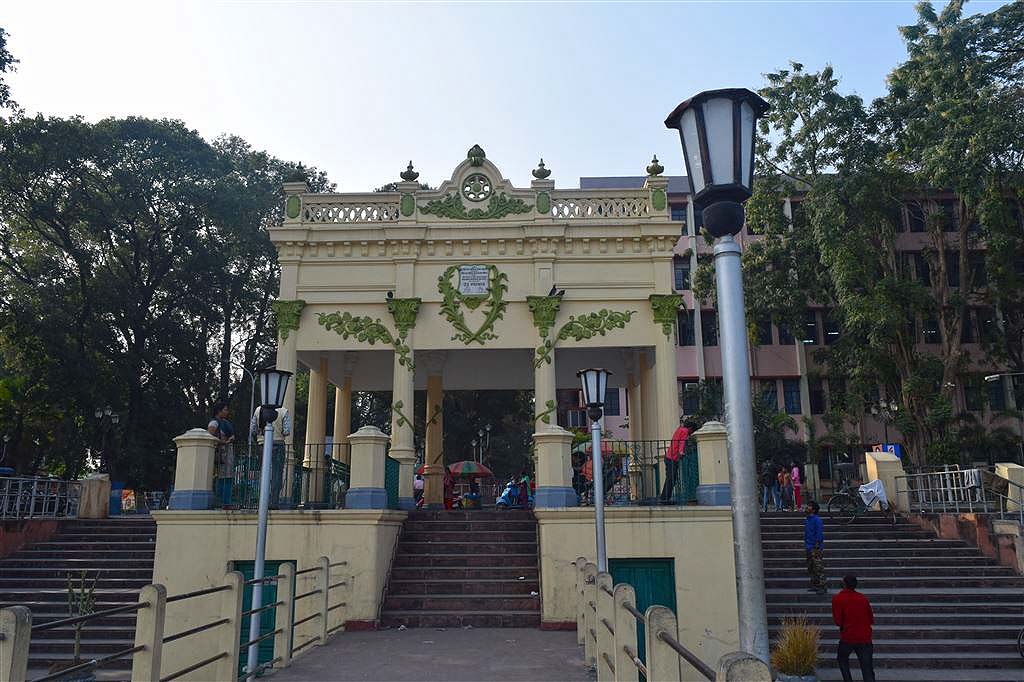 The Riverfront of Ganges
The Riverfront of Ganges
The history of British colonization in India is well-known. Over the two centuries, the rule of British had created millions of histories. Yet, prior to the arrival of the British, the settlers from the other countries of Europe had also arrived time to time. Yet, sadly, the history of these European settlers got lost in the pages of history. A certain glimpse of those stories can be seen in some places of India – which revives the history of these lost heritages.
The land of Bengal can be described as an epitome of the British heritage. Kolkata, the capital of Bengal was created by the British. It had also served as the capital of British Empire for many years until the capital had shifted to Delhi. Yet, even before the arrival of the British, the French, Portuguese, Danish and Dutch traders had ruled in various parts of Bengal. The River Ganges was the main getaway for these traders. Thus, the cities beside the river had become the base of trading. Thus, these colonial cities located on the bank of River Ganges possess various diverse heritages,
Sreerampore and its Danish Rule
The name Sreerampore has derived from the name of the Lord “Ramchandra”. It is believed that earlier there was a very sacred temple dedicated to Lord Ram and his wife Sita. This city had most possibly named after this famous temple which was later demolished. Apart from this temple, the city is also famous for its heritage of Mahesher Rath. The term ‘Rath’ signifies Chariot. The term is associated with a grand festival of Eastern India, celebrated in the month of June-July. The traditional Rath of Sreerampore is the second largest celebration of Eastern India. The celebration is related to the God Jagganath, and his siblings. The festival signifies the journey of God Jagganath and his siblings to their Aunt’s house in a grand chariot called ‘Rath’. The temple of Mahesh is one of the main attractions of this town, so is the week-long celebration of Rath.
This particular city is famous for the historic Danish rule. During the 16th and 17th Century, the land of Sreerampore was very fertile. This land was used for waving of cotton and silk. Cotton waving was the specialty of the Hindu Weavers, whereas silk waving was of Muslims. The weather was also perfect for a cotton Industry. Along with cotton and silk, the other crops like paddy, jute were used to be cultivated in this land. The city was well connected by the river Ganges with rest of the world. Along with that, the city was also very well connected by the elusive Grand Trunk Road by road.
The French, Portuguese, Dutch traders first started to arrive tentative around the Fourteenth century. The Danish traders had arrived in the mid-eighteenth century. The Danish East India Company had gotten the right to do business with Nawab Alivardi Khan awarding him fifty thousand Indian money. During the 1770s, their business got flourished. The established the famous Tin Market, which had some private godowns. Gradually they start contacting the producers directly, eliminating the local middlemen. Eventually, the Danish traders had established their own factory for producing silk and cotton clothes, mostly for export.
In the Danish history, the contribution of Sreerampore Trio was unforgettable. These Sreerampore Trio, Joshua Marshman, William Carey and William Ward, had brought the renaissance of Sreerampore. They had taken an active part in spreading education, contributed to Social reformation. The wife of Joshua Marshman, Hannah Marshman, had established the first school for girls. In the year 1818, The Sreerampore Trio had created the Legendary Sreerampore Collage. It was the first Asian college which had offered a degree.
The empire of Danish rule at Sreeraampore had started crumbling during the years 1801-1839. The rising power of British in Calcutta was most definitely the important reason for the kingdom to crumble. Around the year 1845, the properties of Danish rule were brought by the British authority of India. Today, the city still has some of the architectures and establishments of Danish rules. Most impressive among them is the St. Olav's Church and the edifice of Sreerampore Collage. This small town comes alive in the time of the festival of Rath, with the people visiting the temples, chariot and the fair.
The Dutch History of Chinsurah
Chinsurah or Chuchura is a noisy and crowded city, with a very lesser amount of European remains than its glorifying neighbors. Prior to the arrival of the Dutch settlers, in the year 1579, the Portuguese traders had arrived through the River Ganges. They started to set up their establishment and brought the statue of Holy Mary with them. The statue was established in the Church of Chinsurah. After a while, during 17th Century, these Portuguese traders got into some conflict with the ruling Mughal Empire of Bengal. So, they got thrown away from the Chinsurah. The priests of the church tried to leave the town with the statue of Holy Mary, but unfortunately, their ship was captured. The priest was taken to the Mughal Emperor and the statue of Holy Mary got lost in the water.
The first part of Dutch settlement had taken place at the capital city Kolkata, formerly known as Calcutta. The Dutch traders mainly operated the intra-Asian opium trade from Bengal. The city of Chinsurah was chosen as their main base around the year 1635-1645. Being a merchant town, along with the Portuguese, the town Chinsurah used to be the base of Armenian, Persian and Bengali traders. The Dutch settlers built up a fort named Gustavus in this town. This fort was a prime piece of Architecture, with an entire factory inside the walls. Gustavus used to be known as the most impressive Dutch creation of Asia.
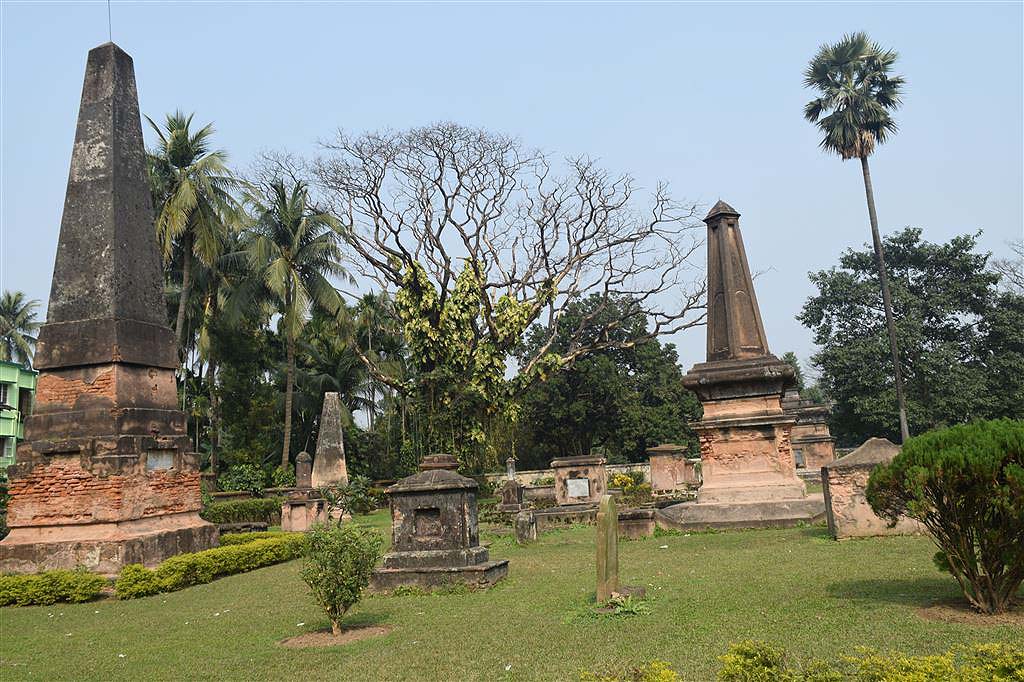 Dutch Cemetery
Dutch Cemetery
The rule of Dutch remained in this town for two hundred years. They used to maintain a good relationship with the locals, along with the Emperor and other European Settlers by offering gifts. The brick houses, underground canals were built in the town under their influence. They had also taken part in spreading education, building up a hospital.
In the battle of Plassey, the Dutch settlers did not support the British. This was the start of the tiff between the two nation. At last, during the year 1823, the Dutch settlers had to surrender Chinsurah in the hand of the British Settlers. The Dutch creation Gustavus was demolished.
There are very few Dutch architectures remained in this city. One of them is the Dutch Cemetery located in the very heart of the town. The glorious creations of Dutch settlers are mostly lost, apart from the pages of history.
Bandel and its Portuguese Heritage
The term ‘Bandel’ signifies mast in Portuguese. The city Bandel is one of the most important tourist destinations of Bengal, mostly for the grand Portuguese church.
The Portuguese History of Bandel had started while the history of Portuguese of Chinsurah had ended. The Portuguese priests were fleeing the country with the statue of Holy Mary while they were captured. The statue was also lost in the river. The priests were taken to Delhi, in the court of Mughal Emperor Shah Jahan. The main priest was sentenced to punishment and he was thrown in front of a furious elephant. Then a miracle happened, the animal instead of harming him, lifted him in its back by its trunk. The Emperor realized his mistake. He had gifted them land beside the Ganges to build a church. This place is presently known as Bandel. This church is the oldest Christian church of Bengal. In the day of the inauguration of the Church, another miracle happened. The statue of Holy Mary was found on the bank of the river by locals. The statue was established in this church and named ‘Our Lady of The Happy Voyage’.
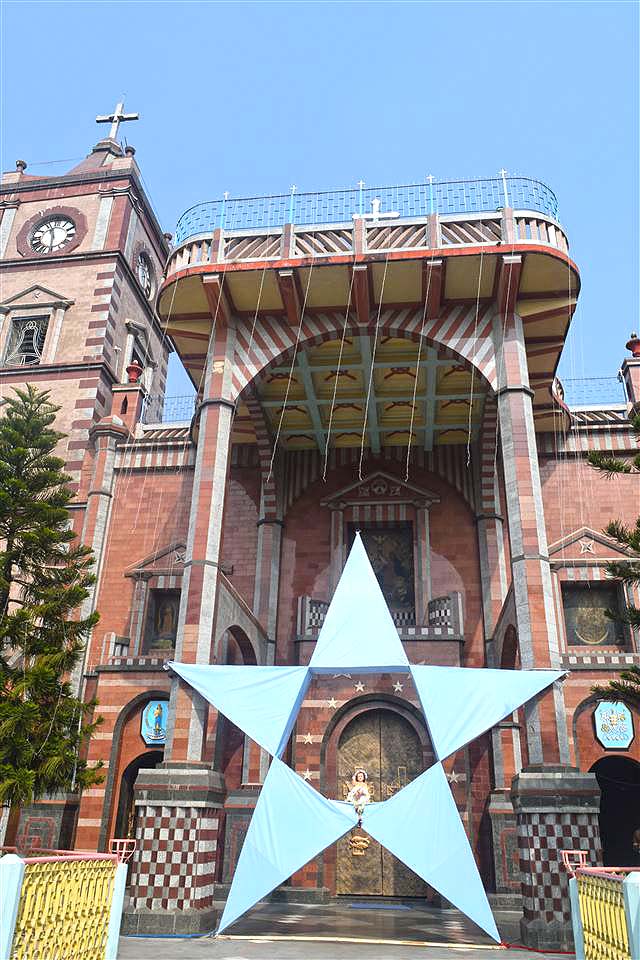 Bandle Church
Bandle Church
The name ‘Bandel’ has derived from another story. In the day of inauguration, another Portuguese ship had arrived at the shore, surviving from a terrible storm. The main mast of this ship was gifted to this church by the captain of that ship. Till now, this Mast can be seen in the church compound. From the name of this mast, the town had got the name ‘Bandel’.
The city is mainly popular as a day-trip location, especially from the capital city Kolkata. Another Islamic Architecture called Imambara is very popular of this city, which is also based Beside the River Ganges. The city is an excellent combination of Mughal Architecture, Portuguese heritage and the beauty of Riverside.
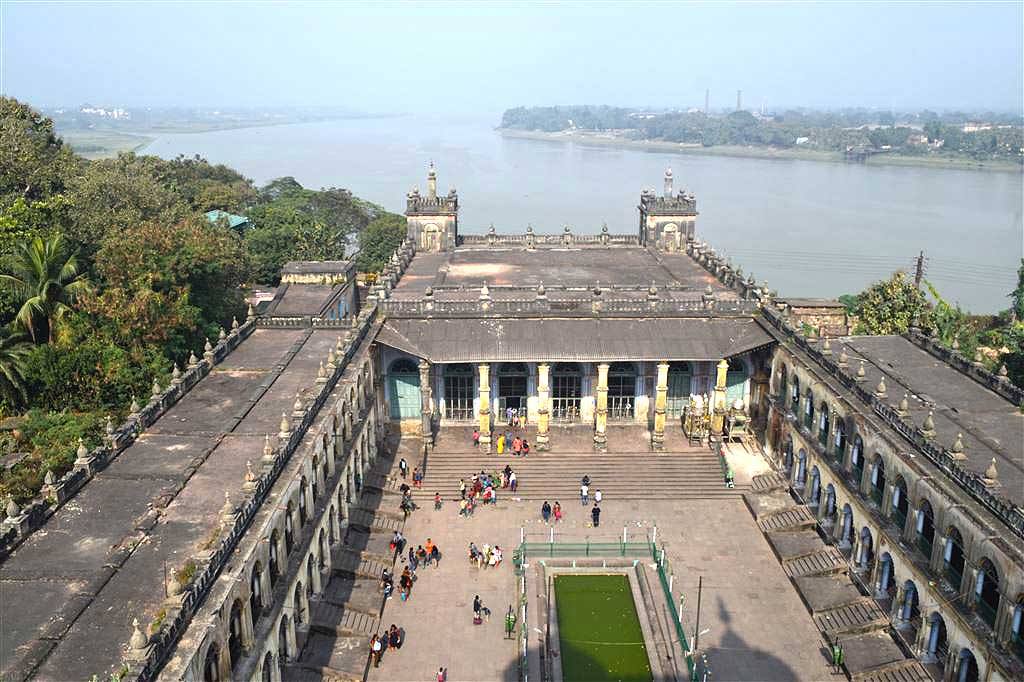 Bandel Imambara
Bandel Imambara
Chandannagor, the Remaining Relic of French Heritage
At present, the city Chandannagor is preserving the maximum number of European heritages among these four cities located in the bank of the River Ganges. Along with a whole stretch of the River, the French architectures are still telling the tales of French heritage. There is also a museum where the history of whole European settlement is elaborated.
There are lots of theories of the origin of the name Chandannagor. One of the theory is the half-moon shape riverbank of this city. The term ‘Chand’ signifies the Moon and the term ‘Nagar’ signifies city. The name could also arrive from the Bengali word for Sandal, ‘Chandan’, as the city was also a main-trade base of sandalwood. This city is believed to be created by the French by uniting three villages, Borokrishnopur, Khalisani and Goldalpara. Another name of this city was Farasdanga. At the local language, the French signify ‘Farashi’, whereas the whole term Farasdanga signifies land of French.
The French rule in the city Chandannagor had started in the year 1673. The Local Emperor Ibrahim Khan had helped the French to set up a trading port in this city. In the year 1688, it had become a permanent French colony. For a certain time, the city was the main Centre for European commerce at Bengal. Several brick houses were created and a strong trading base was created by the French governor James Francois Dupleix.
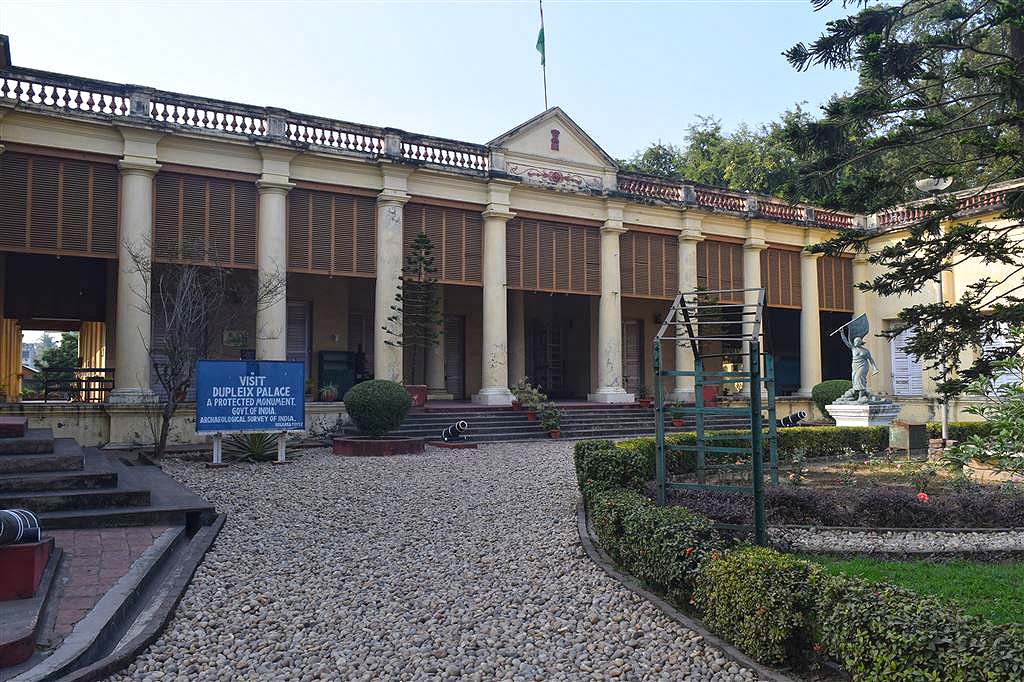 Dupleix Mansion
Dupleix Mansion
After the British rule was formed in Bengal, the glory of French rule had started to crumble. Post British-French war at 1756, Colonel Robert Clive, the head of British army, had captured the land Chandannagor. The main trading port was established in Kolkata and the city Chandannagor had lost its glory.
The mark of French heritage is still very much prominent in various part of this town. The Dupleix mansion is a huge French style edifice, which serves as a French Institute and the Museum is located inside it. The Sacred Heart Church, located very close Dupleix mansion is another prime piece of French architecture. The long stretch of Ganges along with the several architectural masterpieces is a very favorite place for the travelers, as well as for the locals.
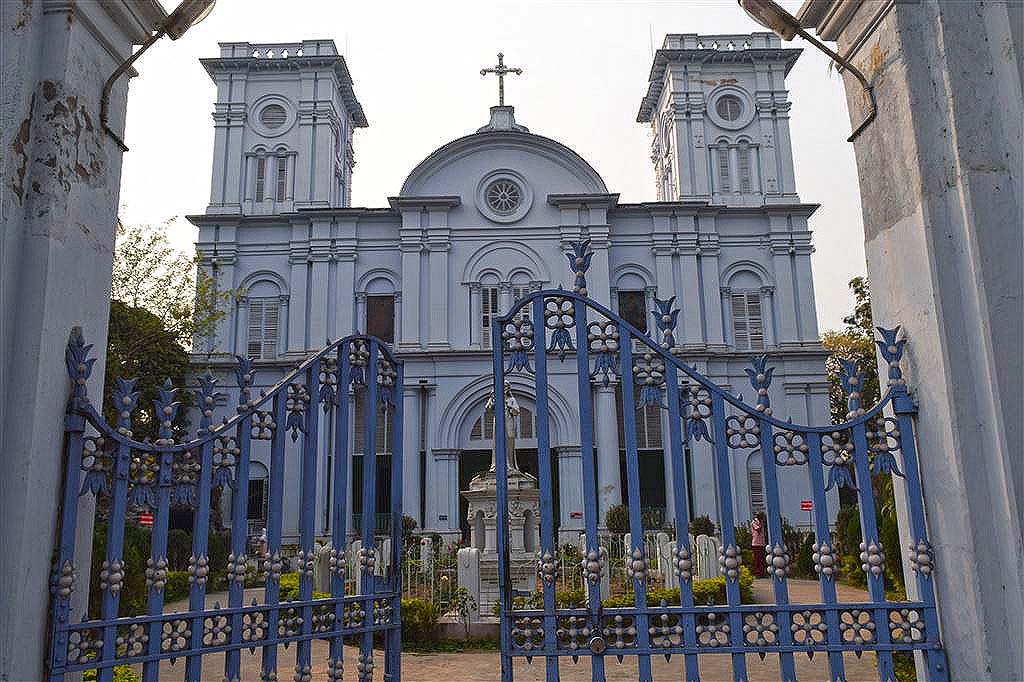 Sacred Heart Church
Sacred Heart Church
This city is also famous for its grandest festival, the worship of goddess Jagaddhatri. Throughout the city, for this five-day long festival, giant-sized Jagaddhatri idols are created and kept inside the designed temporary temples, called ‘Pandals’. The city gets decorated with the gorgeous lights. The immersion of these idols in the River Ganges after the festival is also a very exciting event to attend. The traditional feel of this city gets mixed with the elusive French Colonial heritage, which makes this city one of the unique part of the whole world.
The four cities of Bengal are unique in their most extraordinary heritage, the architectural remains and the beauty of the riverside. Located not very far away from the capital city, these cities are very easily accessible from the city Kolkata. A single day-trip won’t be sufficient to visit all four cities together. To get the real feel of the history and remaining architecture, each one of cities has earned the right to claim a whole day.